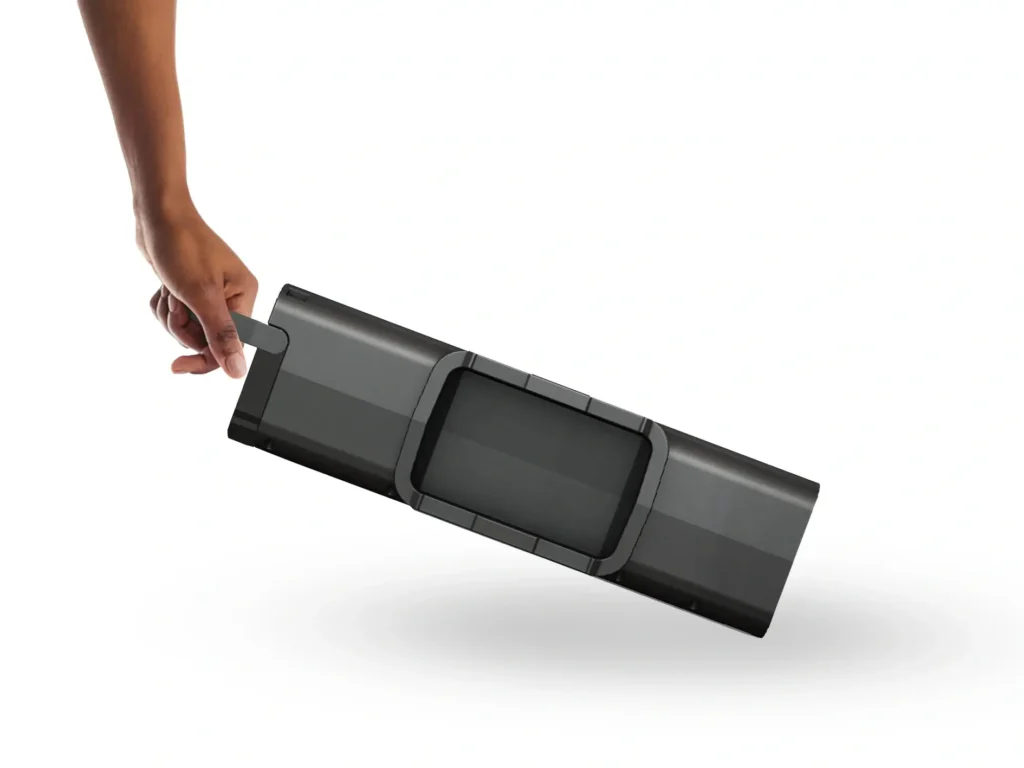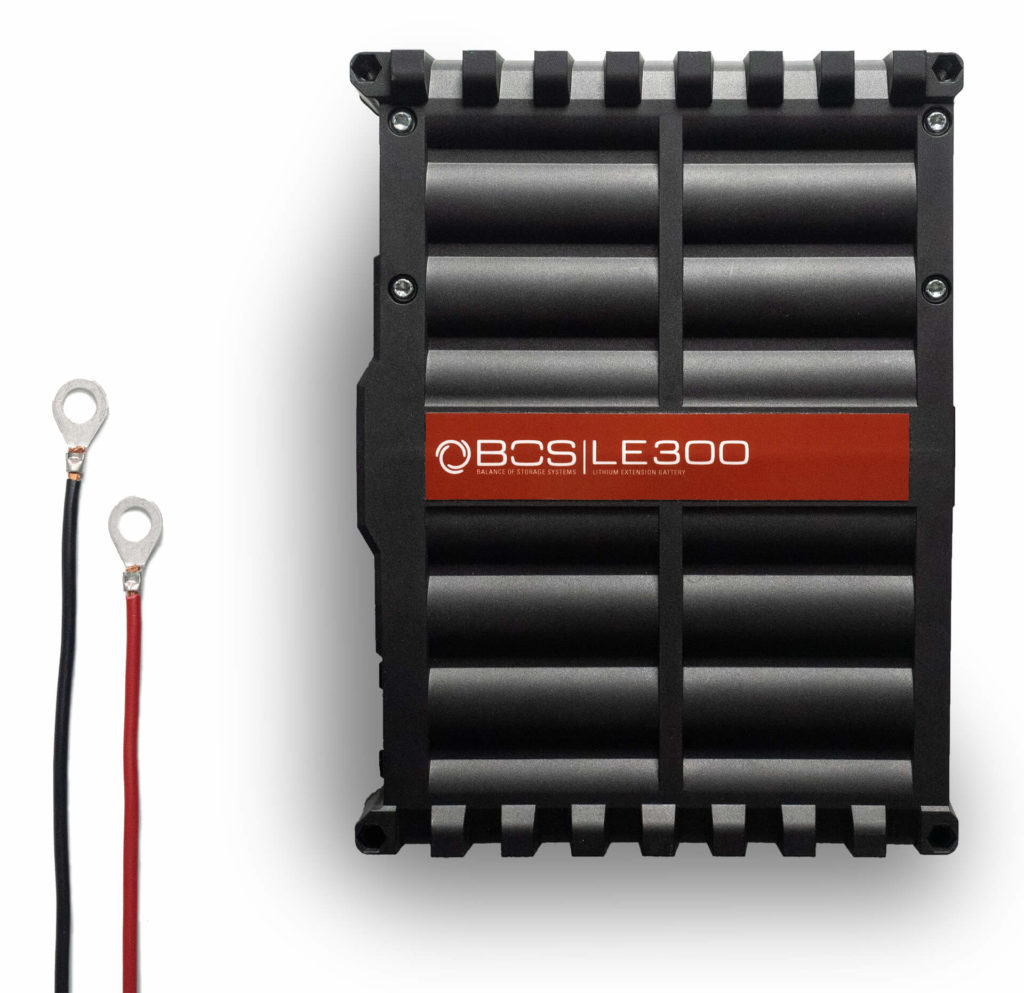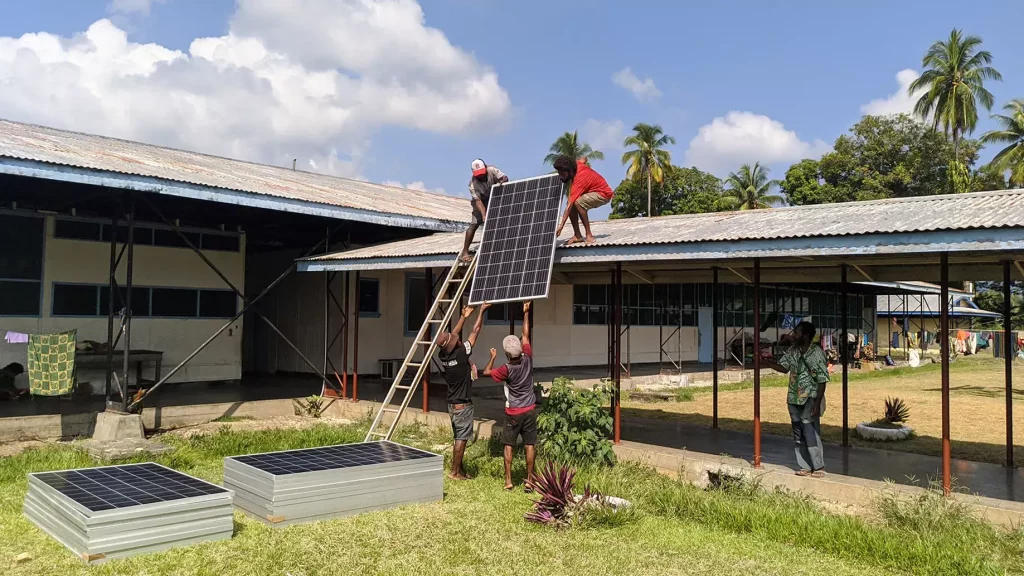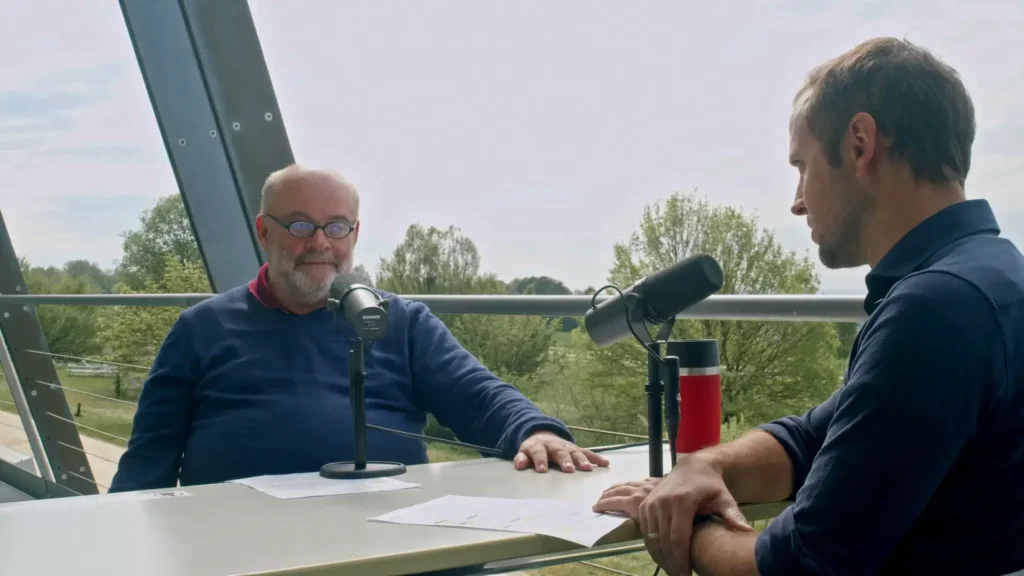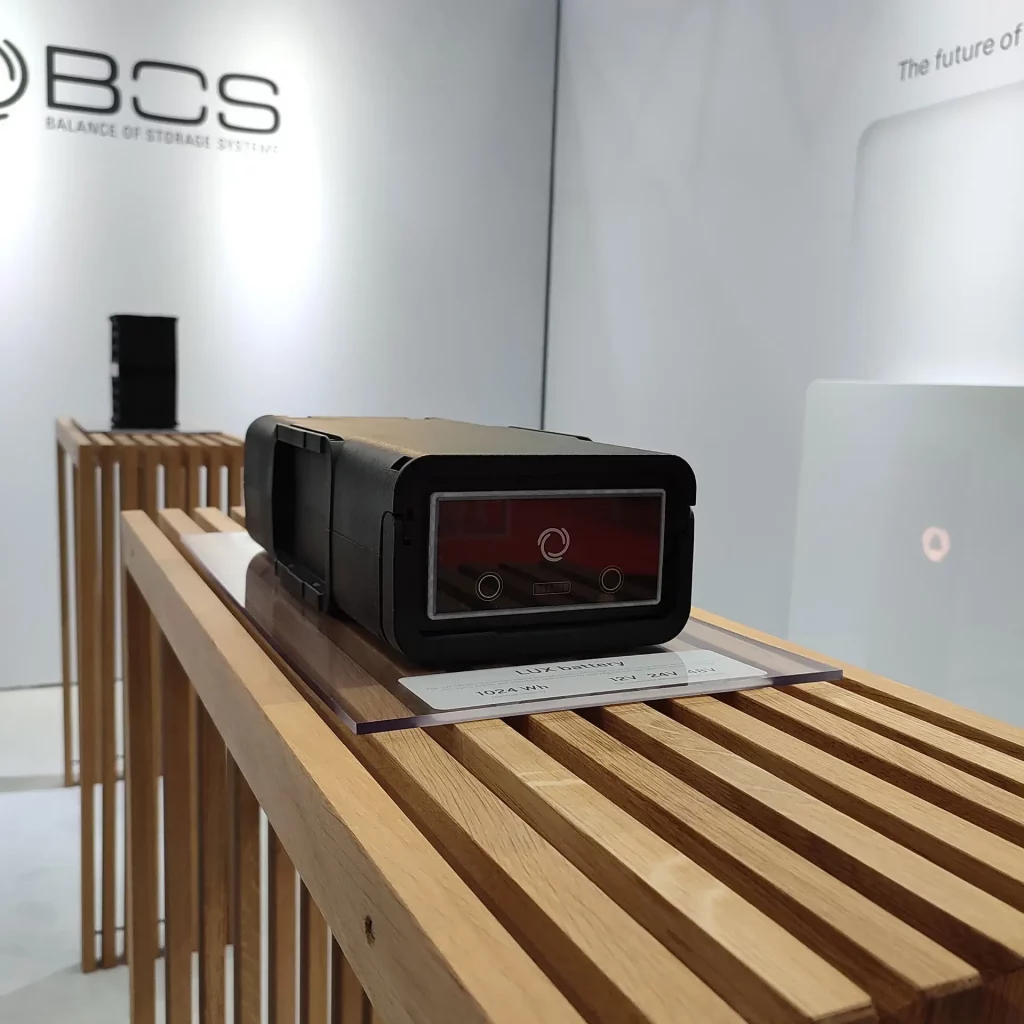Papua New Guinea
Energy independence with solar energy
During World War-II, the american army setup a military hospital alongside their airport in Finschhafen District in Papua New Guinea (PNG). After the war, it was converted into a civil hospital and was known as Buangi Hospital. Since 1958, the Chest Hospital, a tuberculosis-clinic took over the general hospital that today is known as Braun Memorial Hospital.
Lately, the hospital which serves close to 14,000 people has been facing lots of trouble with budgets and energy bills (90% of the income was spent on energy). This was affecting the operations. At times, the hospital was forced to scale down its services, due to the exhausted budget.Though the hospital has grid connection, it occasionally faces blackouts, lasting between half a day and two weeks. When this happens, the vaccines and blood stored in the cold storage have to be disposed. BOS was approached to design a solar system, which can meet the energy demands and reduce the reliance on PNG Power and the diesel generator.
The goal was clear: Reduce the energy bills and the dependence on PNG Power. In this case, an especially affordable system was the key to success. BOS proposed a solution which reduced the energy consumption and also added stability and reliability to the critical loads (refrigerator, operation theatre, paediatric and labor ward).
It comprised a mix of AC-DC coupled systems. The AC coupled system takes care of the daytime loads (to reduce their power bills) and a DC coupled system to offer backup to the critical loads. Furthermore, an energy audit suggested that there was quite some room to reduce the consumption. A total of 150 fluorescent lamps were replaced with energy efficient LED lamps. PNG is an emerging country. Finding quality components can be expensive, while they are often not available. This is where our pre-assembled solutions came handy, we did not need anything to be procured in PNG.
The many remote islands make logistics an enormous cost factor. It would have been time consuming and expensive to import and ship single components to the site. After a lot of planning and many delays caused by the pandemic, our all-in-one box solutions arrived at the site. They were first shipped to Port Moresby. Afterwards a ship transported the systems to a nearby port, where they were picked up by the 4×4 ambulance and brought to the final site.
The last stretch to the hospital is a tough terrain which requires a 4×4. Time and again our compact solutions have come handy with logistics in such remote locations.
The next step was the installation. One of our team members who spoke the local language (Tok Pisin) travelled to PNG to assist the installation and the end user training.
Since the systems were commissioned, the electricity bills were reduced by 40-50%. Furthermore, there was not an instance where vaccines had to be disposed because refrigerators were off. The multiple levels of backup (battery and diesel genset) ensure that they will not to be without power anytime in the future. However, if Braun Hospital ever needs a bigger system, the system capacity can be scaled up.
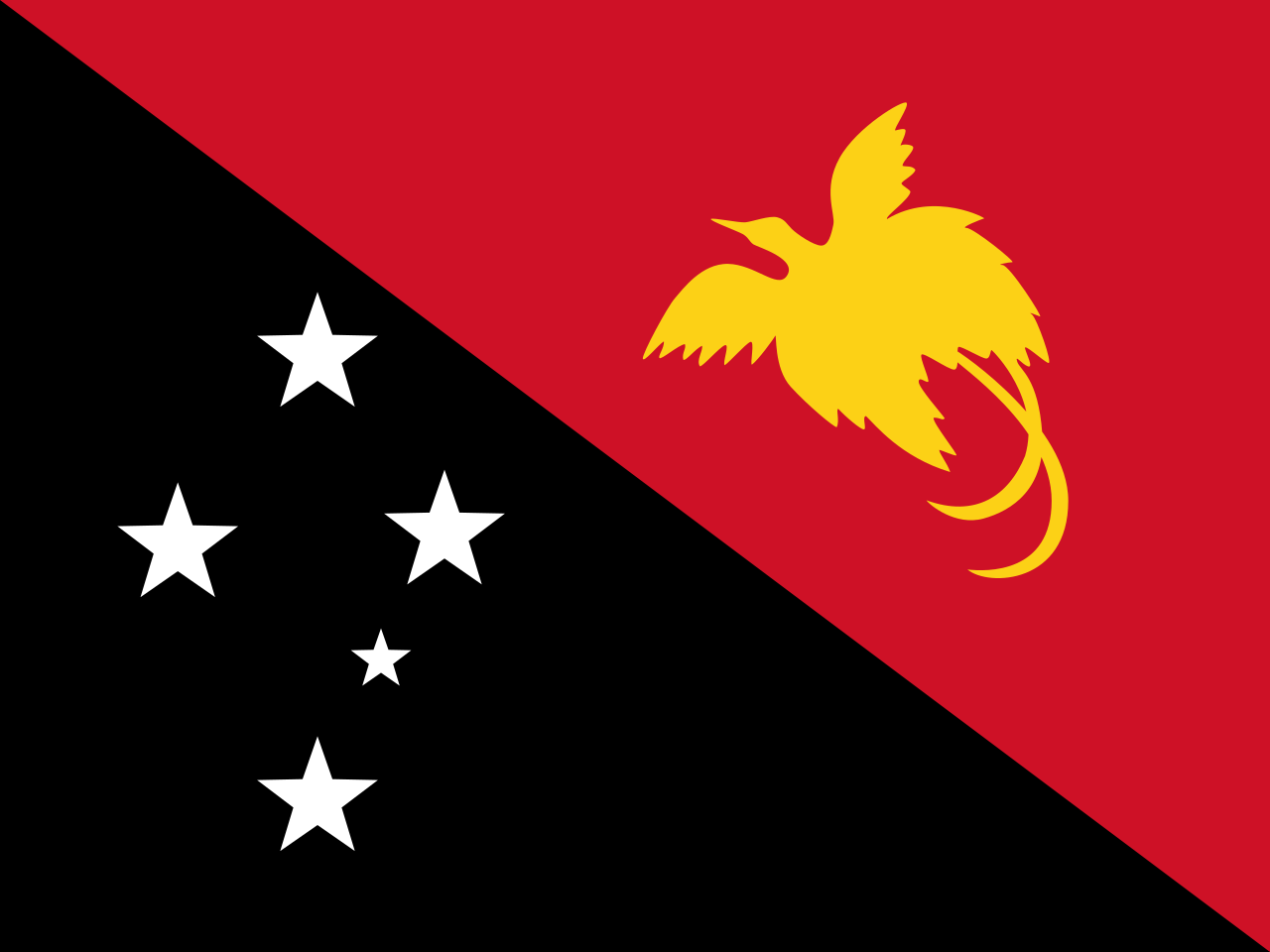
Papua New Guinea
2022
Hybrid | Healthcare
25.4 kWp of solar PV
15 kW of PV AC Inverter power
5 kVA of Hybrid Inverter power
10 kWh installed lithium capacity
